Marvel’s Midnight Suns is one of the most exciting superhero games in years, a turn-based tactical role-playing game by the makers of XCOM. 2022 has been a good year for Marvel superhero games, with Marvel SNAP winning the Game Award for Best Mobile Game. But the latest release is Marvel’s Midnight Suns, available on Windows, PlayStation, and Xbox. Inspired by the comics rather than the MCU, Marvel’s Midnight Suns is much darker than players may expect.
Marvel’s Midnight Suns has learned from the mistakes of the past. The game features a customizable character named the Hunter, but players have a remarkable degree of control over their design. The Hunter is supported by a surprising range of playable characters, both well-known and deeper cuts into comic book lore. What’s more, there’s a unique approach to combat that makes the game unlike anything previously seen.
Marvel’s Midnight Suns released on December 2, and Screen Rant had the opportunity to speak to creative director Jake Solomon ahead of the launch, who spoke about how Firaxis created such a unique game. He went into detail about everything from choosing the roster to designing individual powersets, giving players a remarkable glimpse of the approach taken by Firaxis’ creative team.
Creative Director Breaks Down Marvel’s Midnight Suns
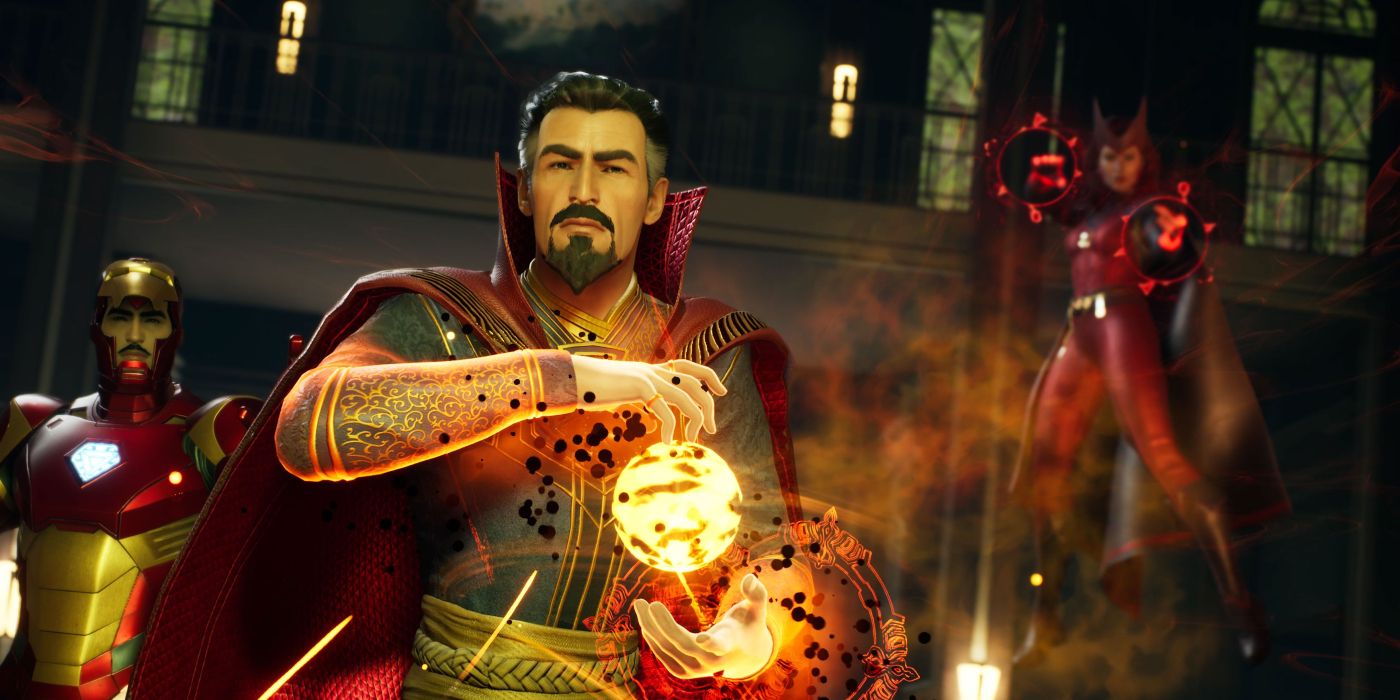
Screen Rant: I understand the original idea for this Marvel game was something very much like XCOM. Why did plans change so much?
Jake Solomon: It was actually Marvel who first approached us to see if we would be interested in creating something new in their universe, as they were big fans of XCOM! So when we first started out on the project, we did think about creating something like a “Marvel XCOM” but what we realized was that the mechanics of XCOM didn’t make a whole lot of sense for a Super Hero game.
In XCOM, you have to take cover and an attack could miss and one of your soldiers could die permanently – which all works because the fantasy of XCOM is about fighting a superior enemy as a group of random soldiers. But when you’re playing with Iron Man or Captain America or any other Super Hero, you don’t expect them to take cover or miss their attacks as that doesn’t feel very heroic. So we started taking out things like cover and we removed the hit percentage system, and we got rid of a grid-based movement… and what we ended up with did not feel very fun to play.
And so we now need to rethink how combat works and design a new turn-based tactical system. Taking a step back, all tactics games are essentially puzzles that are presented for the player to solve and that puzzle needs to be endlessly interesting or else the game is too easy. To make the puzzle endlessly interesting, we apply randomness – in XCOM, this was done through hit percentage chance and in Marvel’s Midnight Suns, we apply randomness through cards. All abilities are represented as cards, and these cards are dealt to you at random. Cards work really well because everyone already has some idea of how they work where you have a hand, you shuffle decks, you draw them and you don’t know what you’ll get, and any mechanic that we don’t have to teach the player is worth its weight in gold.
That’s the combat side of the story. We also are a full-fledged RPG with tons of story and dialogue and cinematics for the player to enjoy. We decided to make an RPG because we want to fulfill two important parts of the Super Hero fantasy with Marvel’s Midnight Suns.
The first is about combat; fighting with abilities, pulling off superhuman feats. But the second part is about answering that question, “What would life be like as a Super Hero?” Think about Peter Parker and how we know so much about his high school drama, his job at the Daily Bugle, about Mary Jane. With Marvel’s Midnight Suns, we wanted to be able to bring the player into the universe and experience life where you are a Super Hero, but what you do off the battlefield counts just as much as what you do on the battlefield. To really fulfil that fantasy, it was important for us to have a player avatar in The Hunter, and to also explore the Marvel world from a third-person over-the-shoulder perspective.
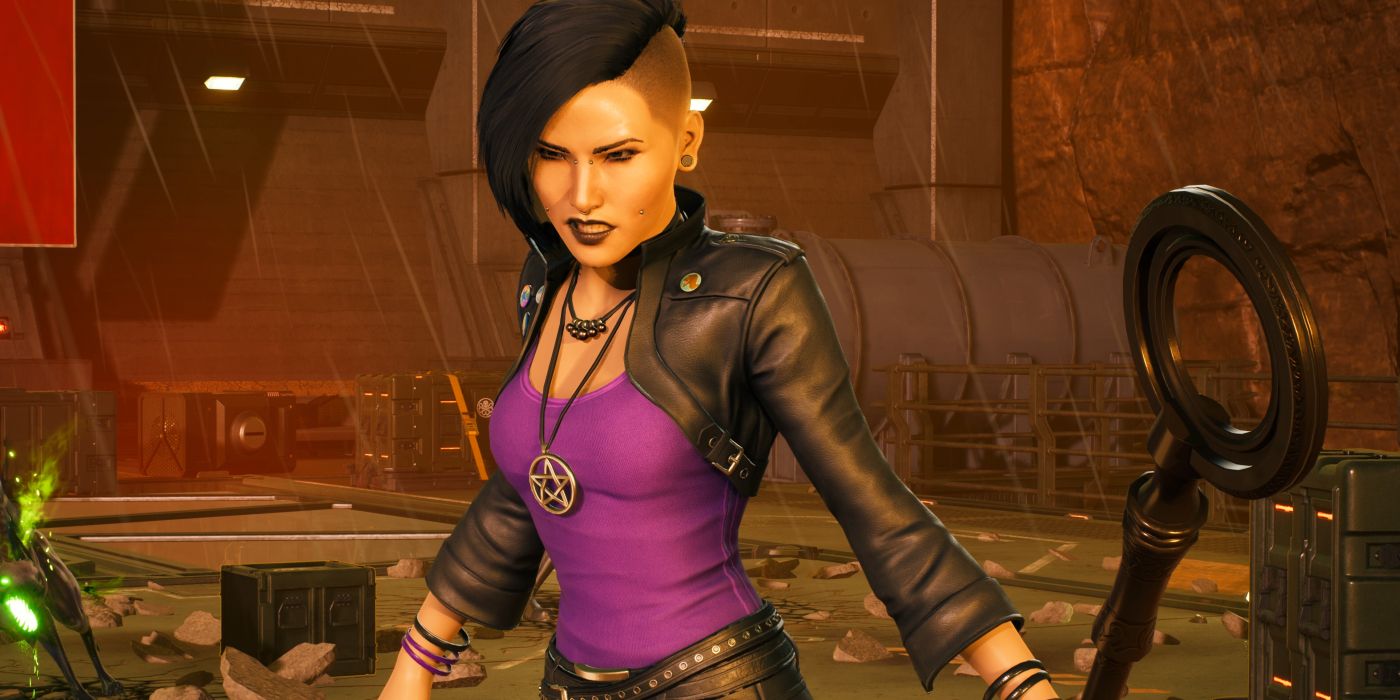
How much freedom did Marvel give you on Midnight Suns?
Jake Solomon: Marvel is a fantastic partner to work with – very rarely did we ever receive a flat-out “no,” and it was more about them providing us feedback to help make sure our characters are living up to their full potential.
The timing of Midnight Suns is really interesting, given it’s coming at a time when most people are familiar with Marvel through the MCU. Instead of drawing on the films, you’re drawing on the comics, and tonally the game looks so much darker than the MCU. Why did you choose this approach?
Jake Solomon: This really goes back to our Marvel roots – I and many members of my team are huge hardcore Marvel fans whose background is really centered around the comics. When we were exploring what story we wanted to tell, we talked a lot about what we loved about Marvel, the fantastic stories we read back in the 90s and we realized that a lot of these comics that we loved had this supernatural element to them. And the original “Rise of the Midnight Sons” comic event – to me – is the greatest supernatural comic event of all time, so that’s what we decided we wanted to do, but also bring our own version of that story to light with new characters, new villains and more.
How did you choose the roster for Midnight Suns?
Jake Solomon: Choosing the roster is probably one of the most difficult things you can do. Ask any Marvel fan who their top heroes would be and you’ll get something completely different every time!
For the list we eventually landed on, we wanted a balance of heroes in a few areas. We wanted to make sure we had heroes that any Marvel fan could recognize, so we had members of The Avengers like Iron Man and Captain America in there. We wanted to make sure we had some members of the original Midnight Sons in there, so that adds Doctor Strange, Blade and Ghost Rider. We also wanted to shine a light on some newer supernatural characters too, so we have Nico Minoru from The Runaways and our Ghost Rider is Robbie Reyes. And of course, me being a big X-Men guy – we added Wolverine and my favorite character Magik.
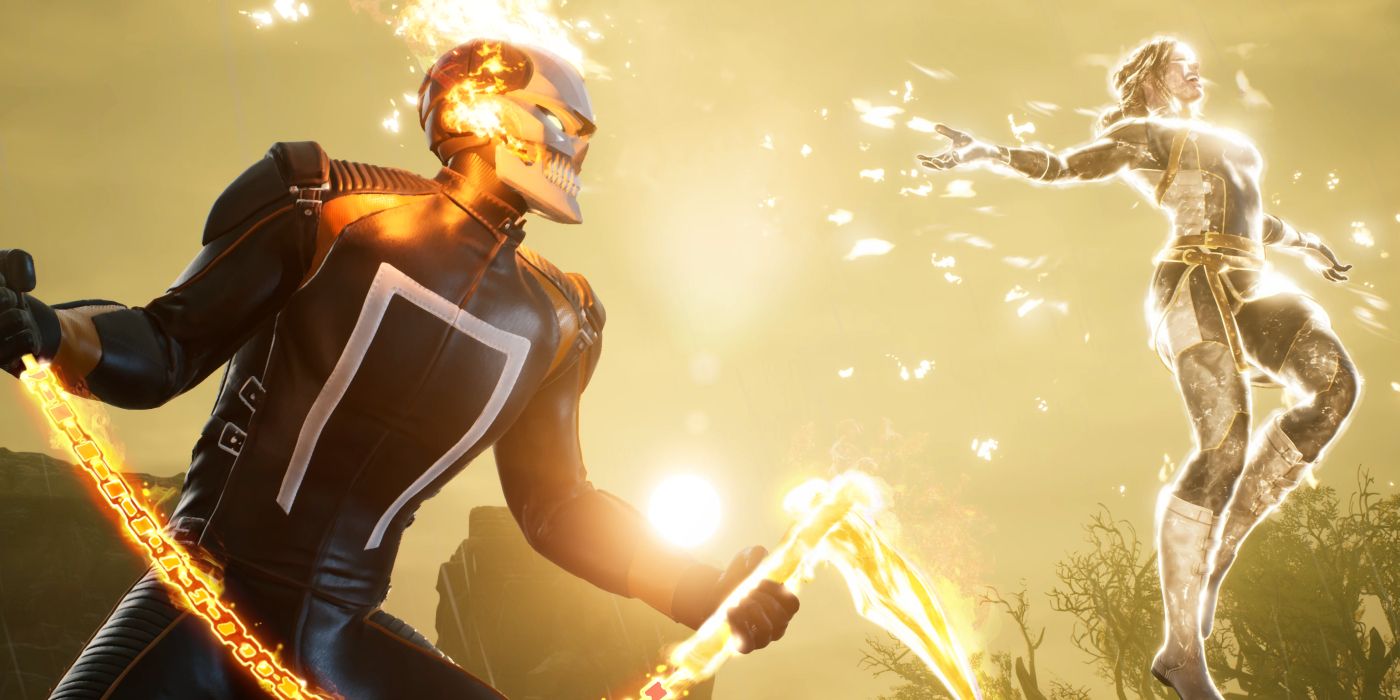
Could you tell us a little about the challenges you faced making superheroes playable characters in the game?
Jake Solomon: One fun challenge we had was making sure the abilities you earn further down the road look and feel as awesome as the abilities you start off with. Like I mentioned before, cards allow us to go all-out right from the start when it comes to animations, because we have both randomization and a resource system called Heroism that make it so you can’t just endlessly spam the best moves over and over again. I remember seeing some of the first animations of abilities and thinking, are we going to be able to top this with some of our later skills? But our animation team did a fantastic job in making sure every ability feels and plays in a unique, really visually fun way.
I absolutely love the idea of the card-based ability system. How did you develop that, and how did you balance the abilities each character has?
Jake Solomon: When we design the heroes, we look at both the source material – what the hero’s powers are and how they’ve been shown in the past – and we also design off of “vectors.” Vectors are things like how good a hero is at single target damage versus area of effect attacks; every hero has a rating on our vectors that help define their role on the battlefield. All of these factors plus a few more combined help provide a general sense of what each hero is supposed to do on the battlefield, although we also designed it so you could push heroes in one direction or another since you can customize which abilities they have in their deck. We also wanted to make sure that no hero depended on one another, so you could have any combination of heroes on the battlefield and still be effective.
A personal favorite is Magik. Could you tell us a little about how you designed her abilities?
Jake Solomon: Magik is the ruler of Limbo, a dimension that she has access to by literally slicing her way through time and space. With Magik, we wanted to incorporate her ability to generate Portals – which was no small feat of engineering – where you could essentially set a Portal anywhere on the battlefield and any future knockback ability, whether its through a card or even a Shove mechanic that you can unlock, knocks them through that Portal, usually into an explosive barrel or off a ledge.
She doesn’t have a lot of strong damage dealing abilities at first, but if you develop Friendship with her you can unlock her Relay passive ability, which gives you a chance to generate another Portal after knocking someone through the first one. Knockback doesn’t do any damage on its own, but she also has an ability called “Limbo’s Grasp” that can make it so anyone knocked through a Portal takes damage – and so you can see how things can start to really loop from there.
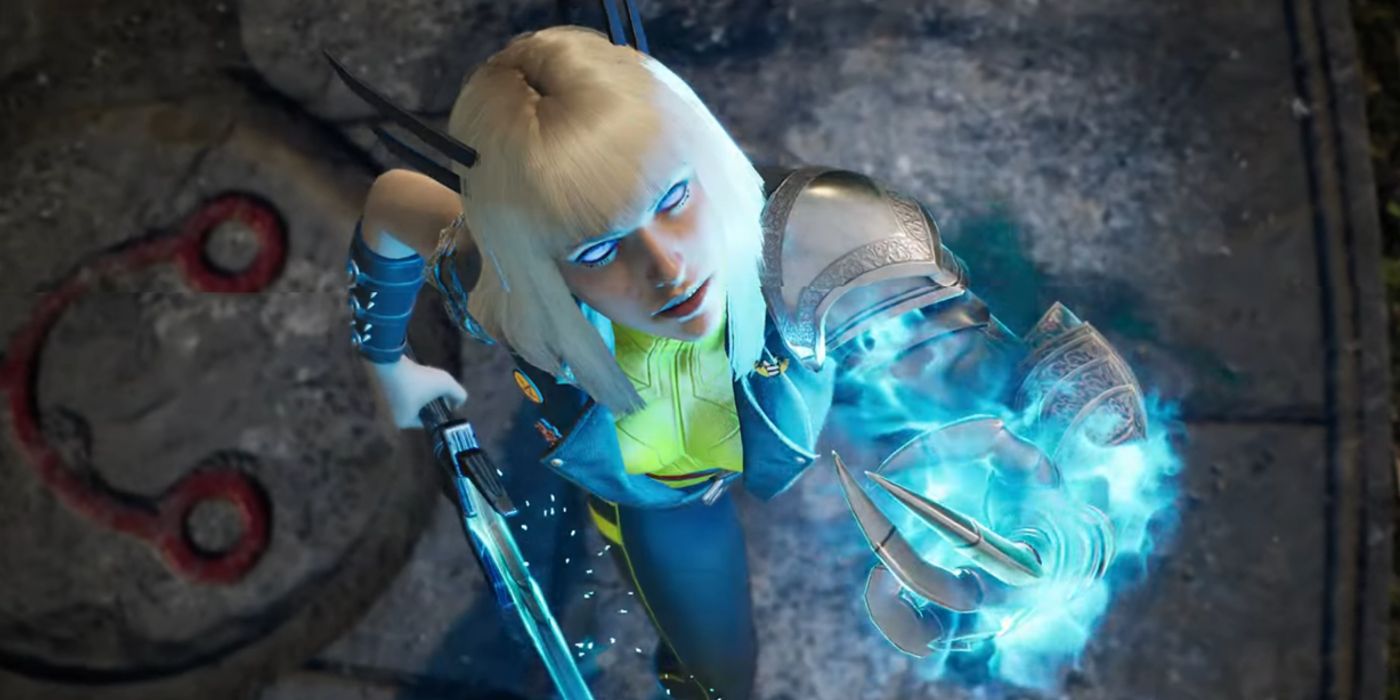
How much control do players have in terms of customizing their characters and choosing their playing style?
Jake Solomon: When it comes to combat, every hero is different where they all excel at certain things and are not as good as other heroes in other areas. Blade for example is a pretty straightforward damage dealer who has access to Bleed, which is a damage over time. He’s very consistent but lacks some of the massive damage numbers that Hulk or Ghost Rider can pull off, and he doesn’t offer much in terms of team utility.
But with that said, every hero needs access to a resource called Heroism to pull off their best moves, and Blade is actually pretty self-sufficient when it comes to generating it and not using too much. So one dynamic players will think about is customizing their squad as a whole, based off what each hero is good at, and how much Heroism they generate or use. Add in another layer where you can customize what abilities each hero has in their unique deck, and you can end up pushing a character into a more offensive, defensive or supporting role based on what the squad needs as a whole.
Midnight Suns features an exciting new character, the Hunter, who seems to be incredibly customizable. How did you develop the Hunter, and how much freedom do players have in shaping them?
Jake Solomon: The Hunter is someone we knew we wanted in Marvel’s Midnight Suns right from the start, which Marvel was supportive of but rightly pointed out would be a big challenge. Turns out creating a new hero in the Marvel Universe is no small feat!
One of the many reasons why we wanted to have an original new hero for the player is that we wanted to give players a character of their own, as opposed to playing as one of the other heroes. If you played as Iron Man, it’s an Iron Man game or if you play as Captain America, it’s a Captain America game. But Marvel’s Midnight Sun is a squad-based game and as the Hunter, you have to lead heroes from across the Marvel universe.
When it comes to customization, the Hunter has the most customizable options both in combat and cosmetically. The Hunter has the most abilities in the game, giving you a ton of flexibility in how you want to play, and you can also earn suits that come with collars, which contain really powerful passive abilities.
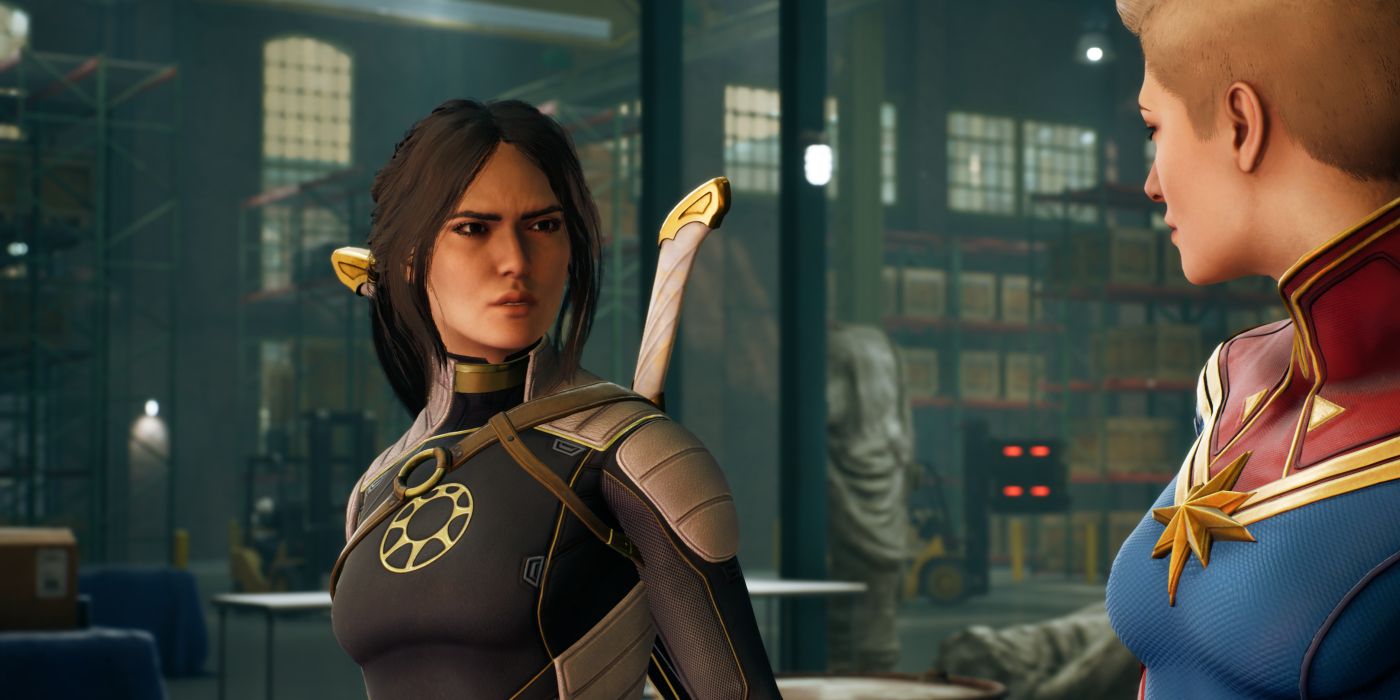
I’m particularly excited about the Abbey, and the prospect of actually interacting with characters in an RPG-style. What was the inspiration for this, and how much freedom do you have in these interactions?
Jake Solomon: This goes back to our “Live Among the Legends” pillar where we want to fulfil that fantasy of what being a Super Hero would be like, to be able to wake up and seen Tony Stark at the forge or do yoga with Blade.
There’s a ton of interactions in Marvel’s Midnight Suns, ranging from general conversations that help build out the world to things we call Hangouts, which can be done on a few nights with some heroes. Hangouts are a great way to build Friendship, which has big combat benefits, so all these systems tie together.
The Friendship system is in some ways an expansion on what we did in XCOM 2: War of the Chosen with soldier bonds – we’ve always been interested in seeing how we can add in gameplay to some of the stories that players were already telling themselves with their random heroes. And I want to give credit to JRPGs here too – they have a long legacy in doing social gameplay.
Marvel’s Midnight Suns is available to play on Windows PC, PlayStation 5, and Xbox Series X|S.




